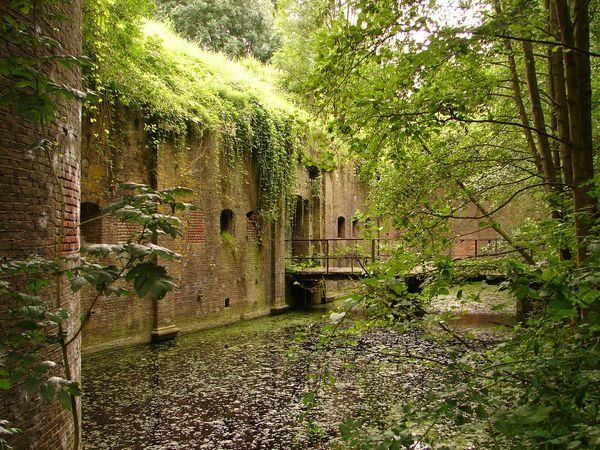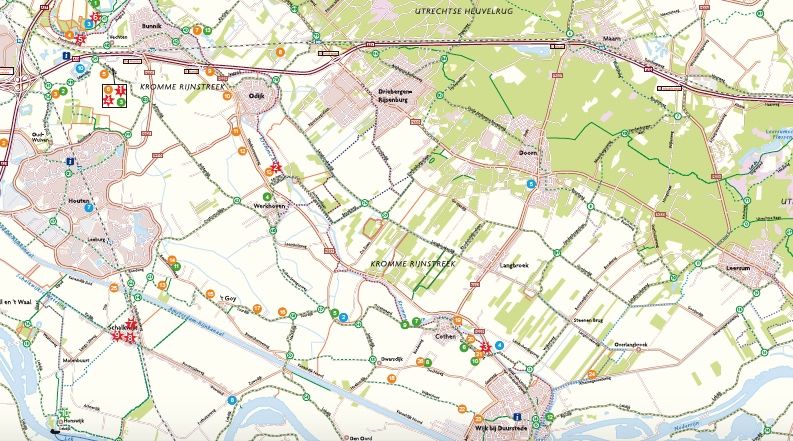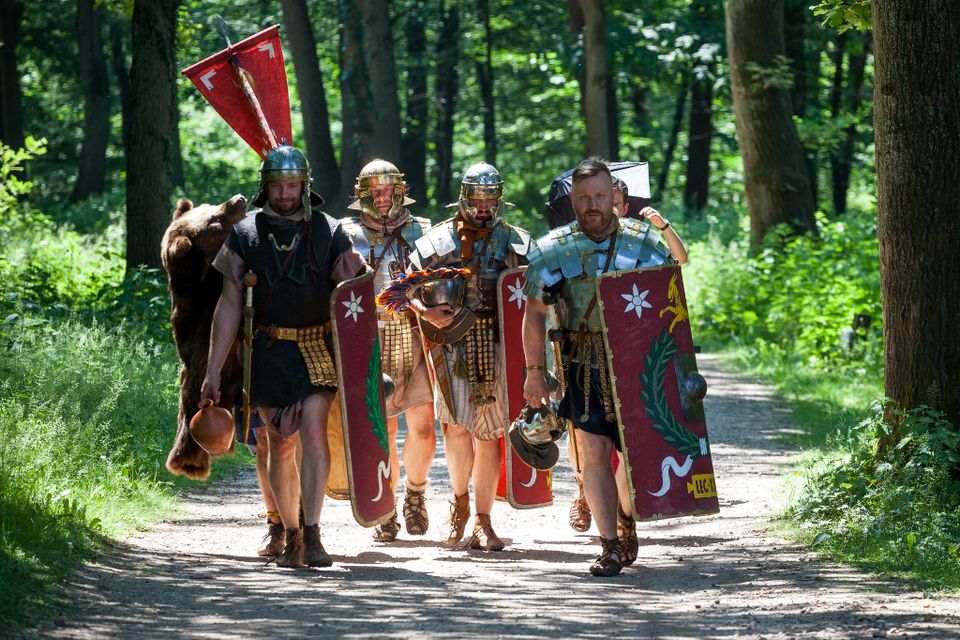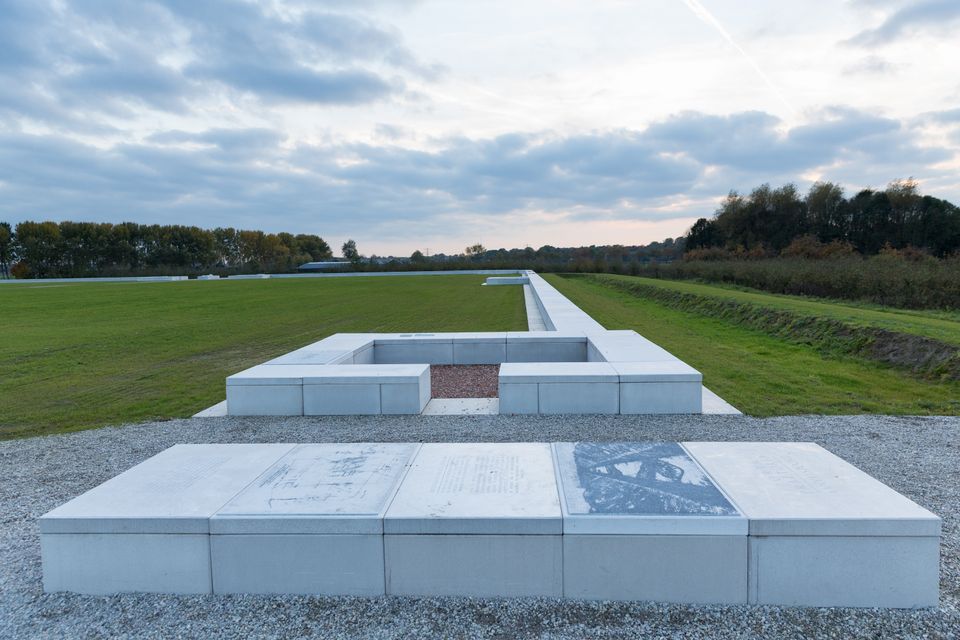The Roman Limes
If you're interested in history and want to know where the northern border of the Roman Empire ran, then it's worth paying a visit to the Roman Limes. The Kromme Rijn formed part of this northern border. 'Fort Fectio', near the current Fort Vechten, was one of the oldest forts along the Limes. Archaeologists have discovered Roman relics in various places in the Kromme Rijnstreek. For example, the helmet of the soldier Titus was found at Wijk bij Duurstede (see it in the Dorestad museum) and Roman history can also be seen in today's Houten. In Roman times, this region was already 'the outskirts of Utrecht'. The Roman-style villas bore testament to this.
The Kromme Rijnstreek offers you various cycling and walking tours via the beautiful routes along the Roman Limes. These routes take you along the 'Roman Rhine' and, with a little effort, you can imagine what the landscape looked like in the old days. At Vechten, you can view the contours of a Roman castellum and climb a Roman watchtower. In the nearby Water Line Museum, you can visit a permanent exhibition about the Roman presence in the area. Finally, your kids can imagine themselves in the Roman world in the Nieuw Wulven play forest.
History
The (Kromme) Rijn formed the northern border of the Roman Empire, known as the Roman Limes. In the Netherlands, from around 50 A.D., the Limes ran along the "Roman Rhine" (now the Rhine, Lower Rhine, Kromme Rijn, Leidsche Rijn and Oude Rijn).
Fortresses were constructed in various places to defend the border. "Fort Fectio" also lay on the river, near the current Fort Vechten. It was one of the oldest forts along the Limes in the Netherlands. Fort Fectio was strategically important due to its proximity to the fork of the Rhine and Vecht rivers.

Fort Fectio is exceptionally large for Utrecht and, after castra Nijmegen, the oldest Roman army site in the Netherlands. Next to the fort is a vicus, a civilian settlement, the predecessor of the current town of Vechten. Near Wijk bij Duurstede, objects were found that point to the existence of a second fortress in the region, called Levefanum. Military helmets were found, including the 'helmet of Titus', which can now be seen at the Dorestad museum. There's also Roman history to be found in present-day Houten. Even in the time of the Romans, the area was already 'the outskirts of Utrecht', to which the Roman-style villas bear witness.

Historical routes
-
Limes route (cycle route)
Limes route (cycle route)
It runs through the whole of the Netherlands, from Katwijk to Berg en Dal. Nominated for cycle route of the year 2019.
Visit the remains of the old border (in Dutch)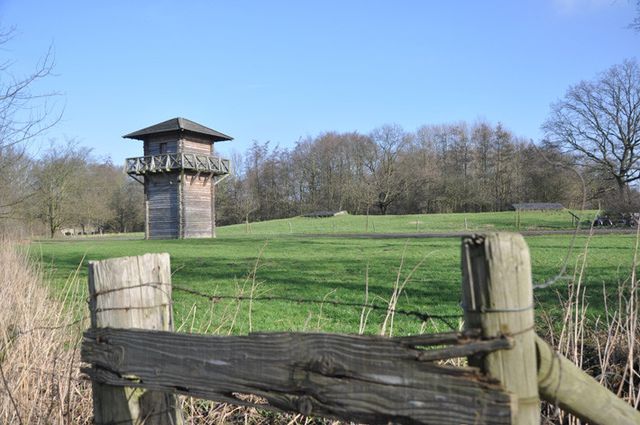
-
Roman Limes trail (route 8)
Roman Limes trail (route 8)
Hiking route of the year 2019!
This stage goes right through Utrecht with special courtyards, city parks, alleys and canals - you get to see it all! The middle of the city is adorned by Utrecht's pride and landmark, the Dom Tower. The end point is Fort Vechten, but there was also a fort here in Roman times: Castellum Fectio.
Discover Castellum Fectio (in Dutch)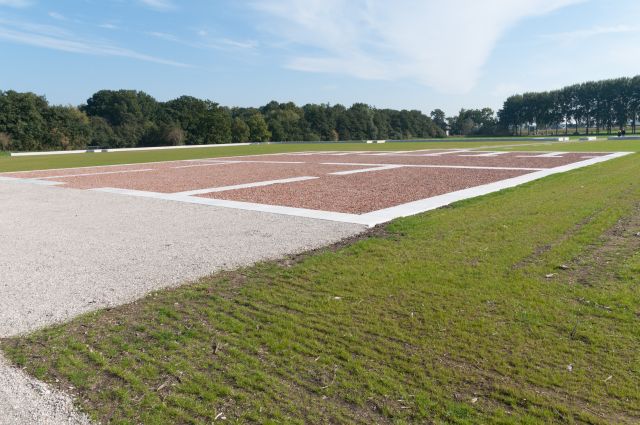
-
Tour the Krommerijn
Tour the Krommerijn
The river landscape meets the Utrecht Ridge here. An area of fruit orchards, the Kromme Rijn, agricultural landscape, Nieuw Wulven forest, country estates, the New Dutch Water Line and the Roman Limes. It's a beautiful area for a relaxing bike ride.
Discover the Kromme Rijnstreek (in Dutch)